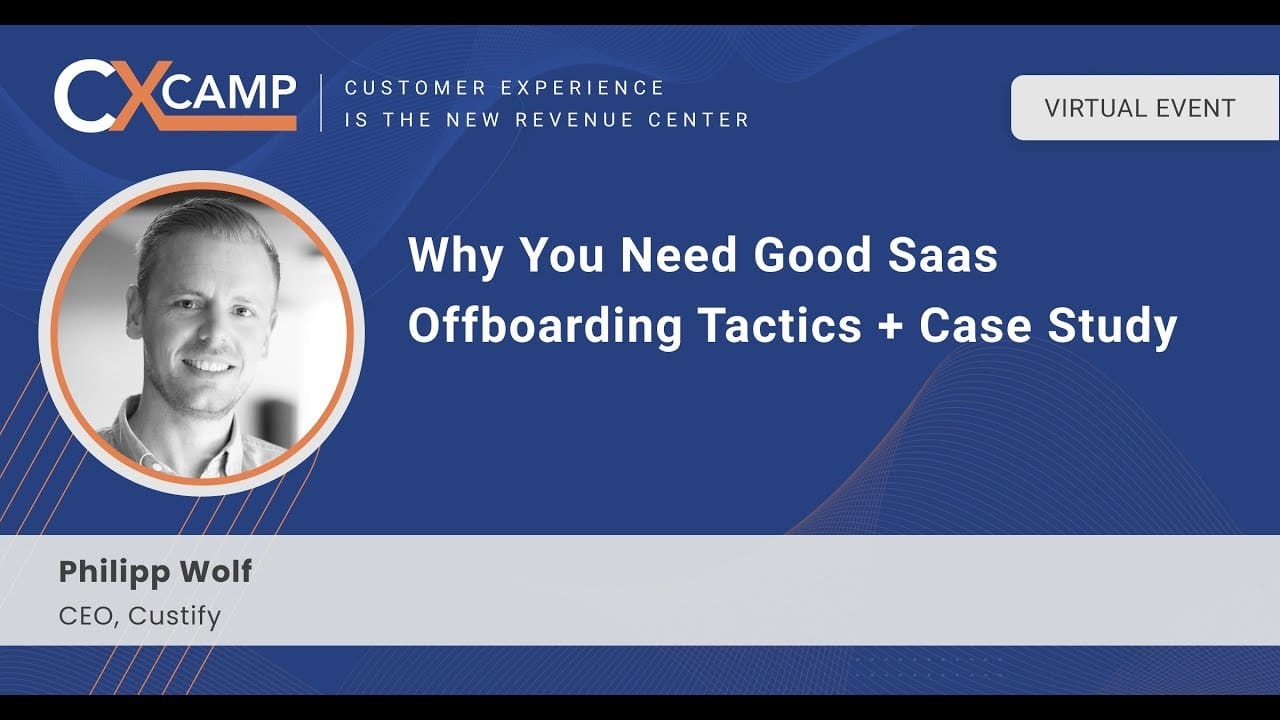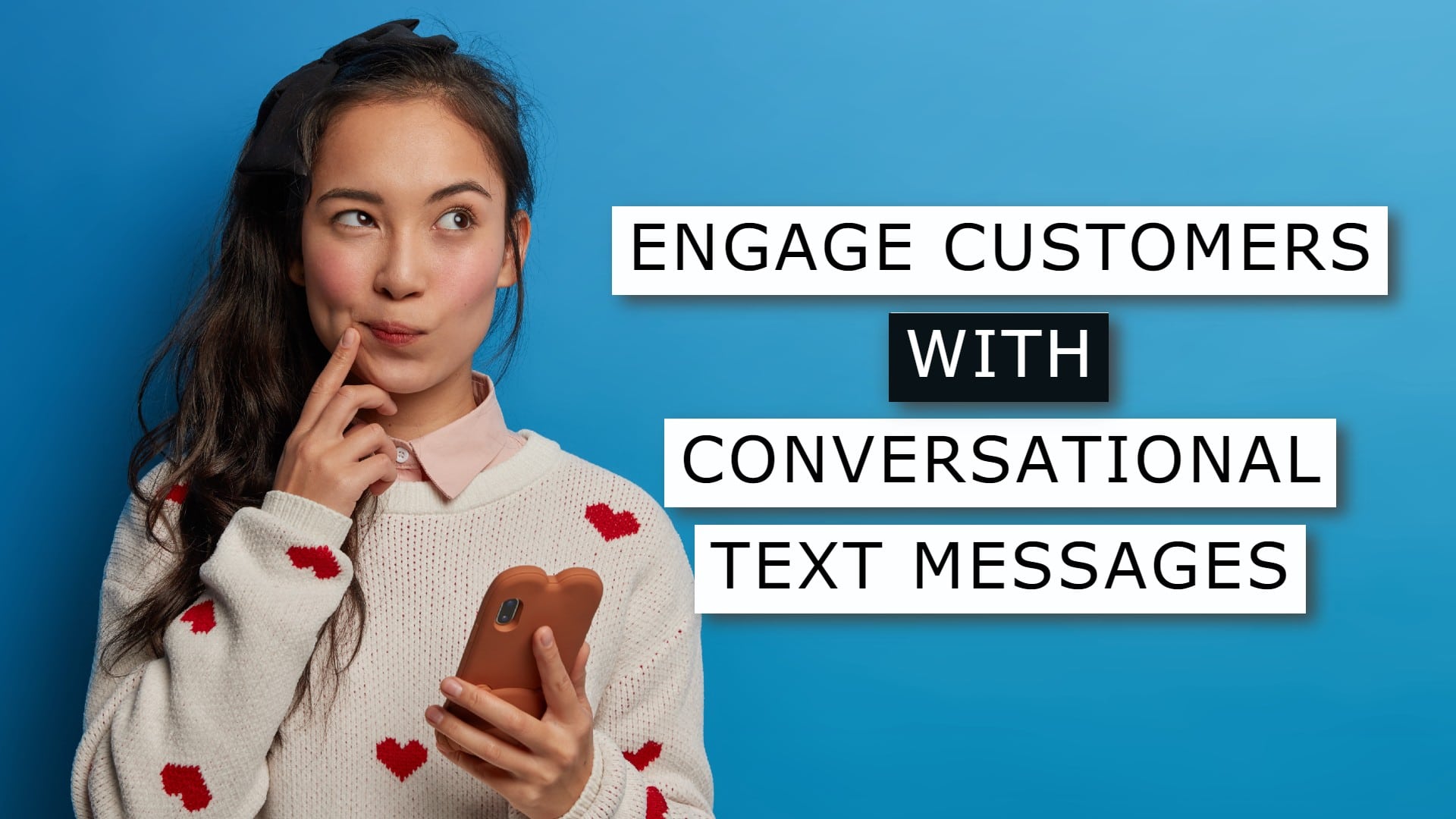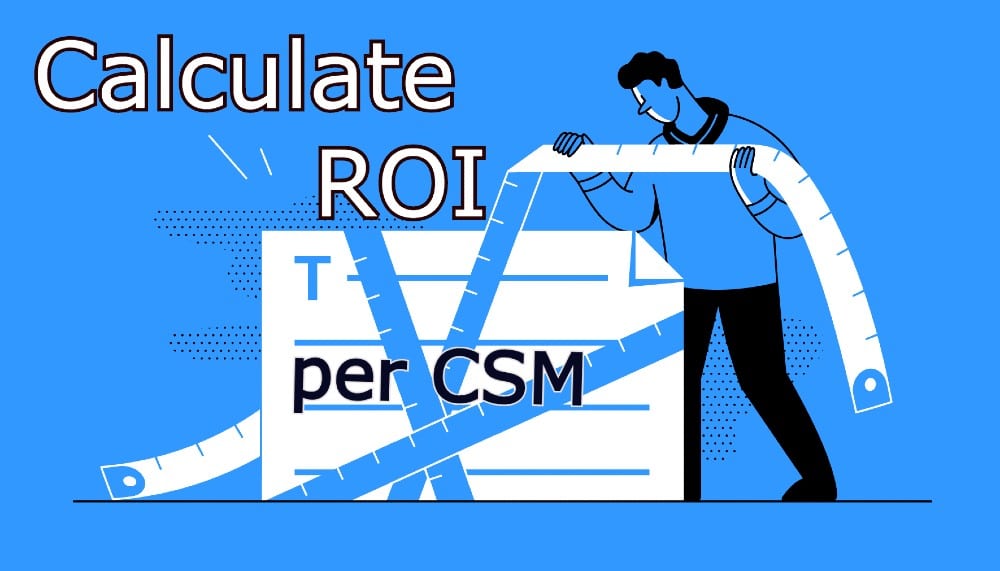New customer acquisition is extremely important for SaaS businesses at every stage of their life cycle, but particularly in the beginning. SaaS companies must grow quickly to succeed, more so than in other industries. A study by McKinsey found that if a software company grows at only 20%, there is a greater than 90% chance that it will fail to exist within a few years.
Retaining customers is also key for SaaS company growth, with top tier companies seeing logo retention rates of 85% or more, according to a survey of over 600 enterprise software companies by VC firm OpenView.
While acquiring new customers should be a primary focus for both new and established SaaS companies, building a retention strategy into your growth model is equally important when it comes to long term success. This is particularly true when you consider that the median cost for a SaaS company to acquire $1 of new customer revenue is $1.18, versus just $.13 to retain existing customers.
Addressing customer churn
The average churn rate for SaaS businesses is roughly 5%, according to recurring billing platform Recurly. This is lower than all other industries in Recurly’s study, as illustrated by the following chart.

But while the mean churn rate for SaaS businesses sits just below 5%, churn rate is 8.5% for the worst performing companies. For the best performers — those in the lower quartile — churn rate is about 2.9%.
It makes sense for companies to address the problem of churn by getting new customers, but focusing on customer acquisition versus customer retention can come at the expense of your organization’s growth.
Since churn rate varies widely depending on your business, it can be difficult to understand the impact churn has on growth unless you take a step back and consider the larger picture.
First, increasing your customer retention rate by as little as 5%, can increase your profits by 25% to 95%. These numbers are not insignificant, particularly because it costs much less money to retain an existing customer than to acquire a new one.
Another reason to reduce churn and retain customers is competition. There are more than 8,000 SaaS solutions in the martech space, as illustrated by Chiefmartec’s Marketing Technology Landscape. Losing a customer today likely means you’ll never see them again because most solutions (even yours) are easy to replace.
Finally, as noted above, the cost of obtaining a new customer is significantly higher than maintaining an existing one. That’s why customer retention should be part of a smart, intelligent, and data-driven growth strategy for every SaaS business.
Building customer retention into your growth strategy
While some level of churn is unavoidable, there are things you can do to mitigate churn from existing customers as follows:
- Consider promoting longer over shorter contracts: Longer annual contracts have been shown to reduce lower annual dollar churn. Larger average contract values have also been linked to lower churn rates, likely due to high-switching costs involved with larger and more complex solutions.
- Prioritize generating new business from existing customers: Data has shown that as SaaS companies grow, cross-selling, up-selling, and price increases almost completely offset the loss of revenue due to churn. Focusing on your existing customers as a source of new business is, therefore, an effective strategy for SaaS business growth.
- Don’t promise more than you can offer: Customer experience is a key differentiator for SaaS customers. Today’s B2B customers expect a high level of service and if they’re unhappy, they are likely to drop you for a different provider who can better meet their needs. Thus, it’s critical that you’re clear about what your solution can offer, ensuring that you don’t overpromise capabilities, integrations, and other factors that you are unable to deliver on.
- Target the right customers at the acquisition phase: One of the best ways to reduce churn rate is to make sure you’re targeting the right customers in the first place. You can do this by appropriately segmenting and profiling customers using technographics, psychographics, and firmographics. Once you have an established customer pipeline, you can use your existing CRM data to effectively target the most viable customers for your business. I’ll elaborate on this in a minute.
- Reduce churn by building brand loyalty: Your existing customer base is an excellent resource for generating referrals through word-of-mouth. Happy customers make great brand ambassadors and the best way to keep customers happy is by delivering top-notch customer service (see bullet #3) and selling your solution to the right audience (see bullet #4).
Churn may be inevitable, but an effective growth strategy addresses the probability of churn during the acquisition phase of growth by targeting the most appropriate audience and market sectors. Here’s how your existing CRM data can help you with that.
Using your CRM data to increase business growth
As noted, referrals and word-of-mouth are an effective source of new business for SaaS companies, but the research involved in identifying the appropriate segments to target can be daunting. This is particularly true for sales reps who are already overworked, typically spending about 35% of their time actually selling, versus 65% on non-selling related tasks.
Some of those non-selling related tasks involve screening and vetting unqualified leads or time spent engaging with prospects who were never going to buy your solution in the first place.
Your existing CRM data is an effective tool to help identify the right businesses and market sectors to target specific accounts. This is essentially a four-step process:
- Build segments to target based on your existing CRM data. The information in your CRM platform contains a wealth of insight about your customers and prospects. Leveraging this information can help you unearth similar companies and markets that are a good match for your SaaS solution.
- Normalize your CRM data so that it can be combined with external data sources and analyzed by AI-based algorithms to help identify accounts like those in your sales pipeline. This accounts-based approach is effective for business growth because it eliminates the guesswork involved with sifting through large quantities of unqualified leads.
- Use automation to assist with data normalization and analysis. Automation can assist with the task of normalizing CRM data and using it to build audiences of high-quality prospects that you can target in your marketing campaigns.
- Industry tags are the final piece of the puzzle. It’s not enough to normalize your CRM data and combine it with industry data-sets to identify in-market audiences. That’s because the current system of classifying technology companies is woefully inadequate when considering the many categories and subcategories in the SaaS sector. To solve this problem, you must use more granular industry tags to help you identify exactly which companies are the best fit for your solution.
What does all of this have to do with reducing churn?
As we noted above, churn is a factor of several different things. Some level of churn is unavoidable, but poor user experience is one of the key causes of customer attrition. Thus, identifying the companies and markets that are the absolute best fit for your solution is a proactive way of reducing churn over the long term.
Likewise, basing your customer retention strategy on an intelligent, data-driven analysis of your existing customers can help you identify opportunities for up-selling, cross-selling, and growth.
The B2B buying process isn’t an easy one, often involving buying groups of 6-10 key decision makers, each of whom must weigh in on whether a given solution is a fit for their organization. By identifying new customers based on data from your existing customers, you can help reduce churn. It takes a bit of forward thinking, but it results in happier customers, lower churn rates, and more referrals, all of which are critical for the successful growth of your business.




